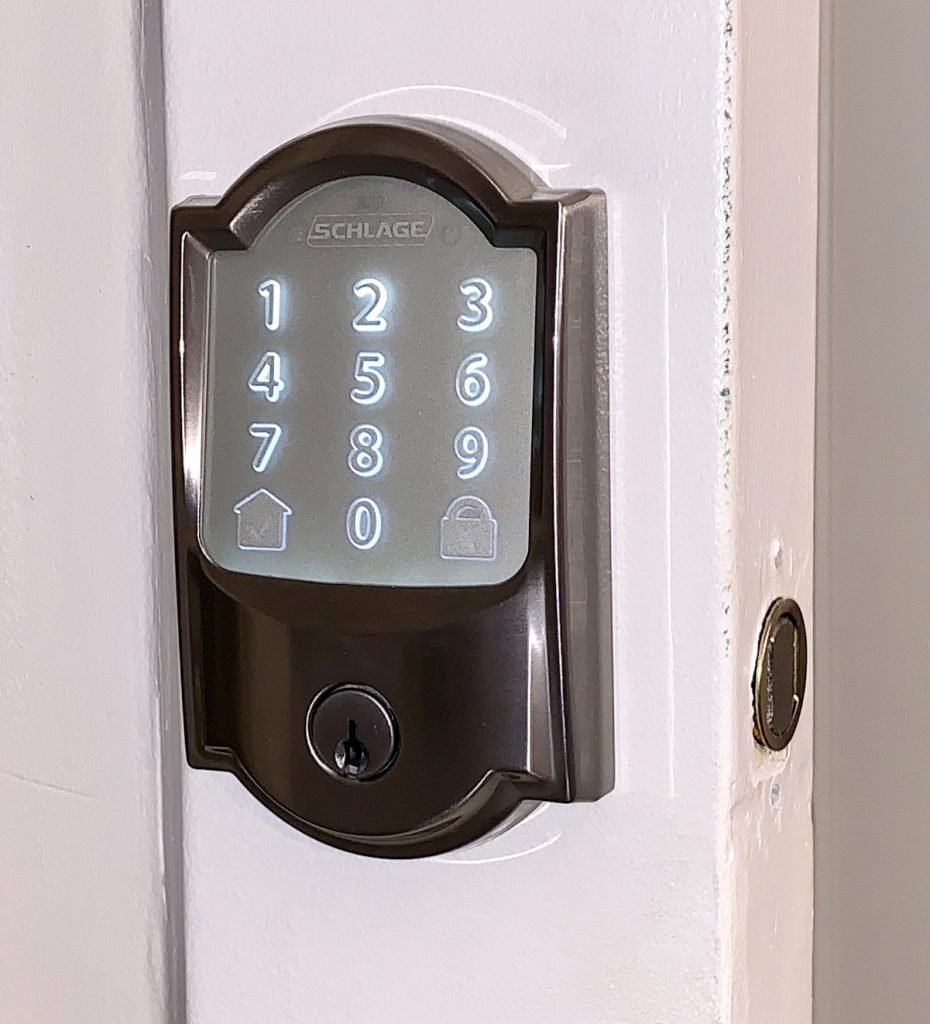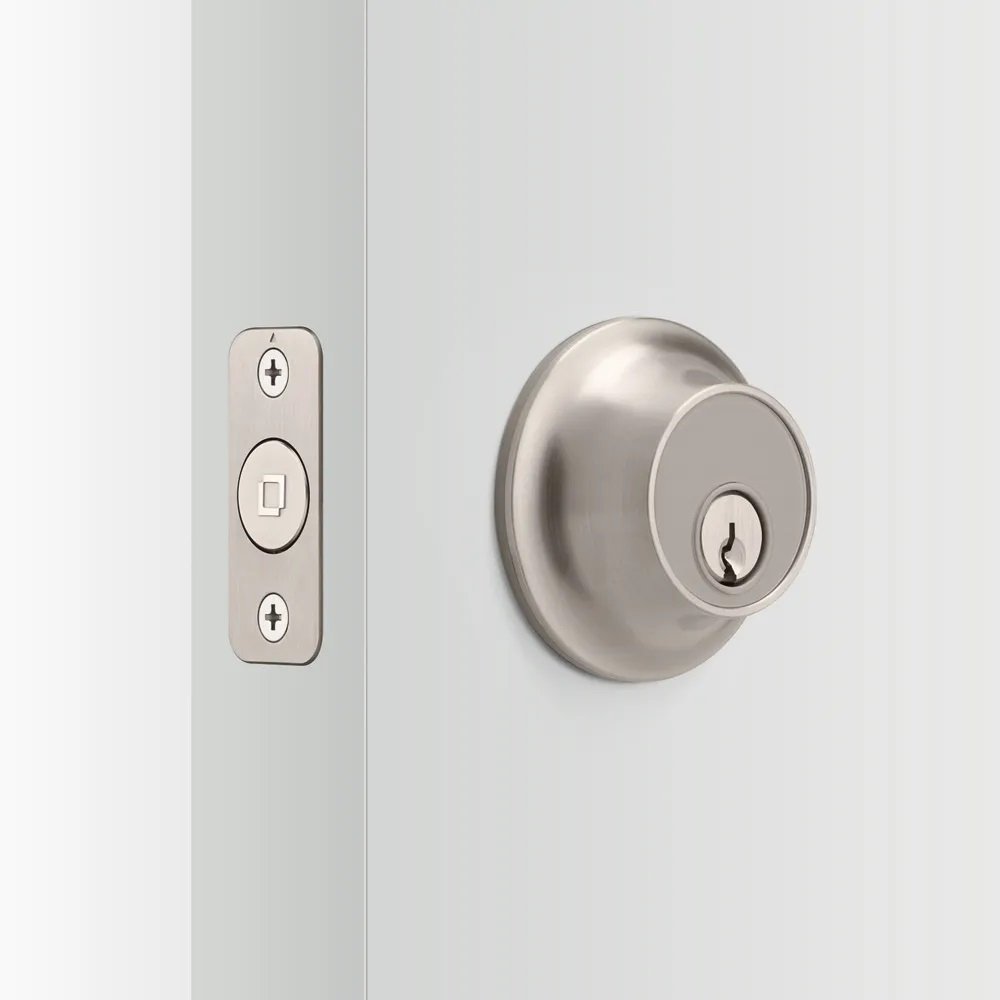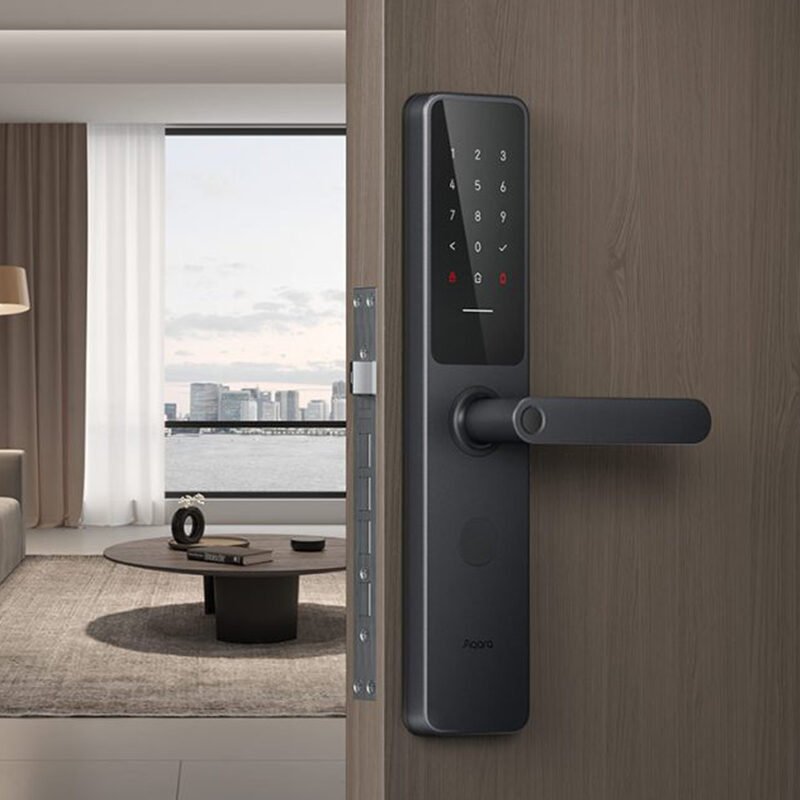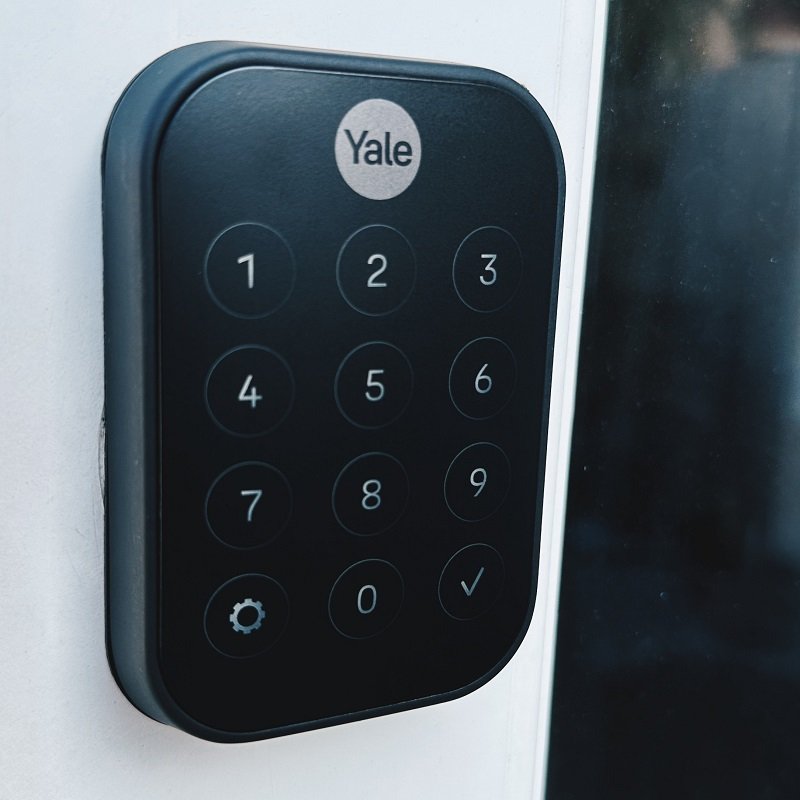What is Apple Home Key? Exploring Apple's Smart Lock Feature
In the rapidly advancing world of smart home technology, one of the most exciting and transformative innovations has been the integration of smart locks. These intelligent devices offer unparalleled convenience and security by allowing homeowners to remotely control and monitor their locks. With the introduction of Apple's Home Key feature, the smart lock landscape is once again evolving, promising users an even more seamless and secure way to manage access to their homes.
Understanding Apple's Home Key Feature
Apple's Home Key is a revolutionary advancement in the realm of smart locks that was introduced in iOS15. It builds upon the concept of digital keys, which allow users to unlock their doors using their smartphones. However, the Home Key feature takes this a step further by utilizing the NFC (Near Field Communication) chip found in your iPhone or Apple Watch.
The Home Key feature leverages this technology to provide a faster, more secure smart lock experience for users. When you want to unlock the door, simply move your Apple device near the lock, similar to using contactless payment terminals. The smart lock can detect its presence and automatically unlock the door without the need for manual interaction. This not only enhances convenience but also minimizes the risk of unauthorized access, as you can optionally require the use of Face ID or Touch ID to verify the use of the digital key stored in the Apple Wallet.
Other smart locks have included similar features using Bluetooth for some time, but these efforts suffer from the variability and low speed of Bluetooth signals resulting in a sometimes frustrating experience. Locks opening too soon, or too late, as well as delays waiting for the lock to register the Bluetooth signal at all can leave you reaching for your physical keys.
Pros of Apple's Home Key Feature
1. Enhanced Convenience
The primary advantage of the Home Key feature is the unparalleled convenience it offers. Users no longer need to fumble for keys or even take their smartphones out of their pockets to unlock the door. This is particularly valuable when hands are occupied with groceries, bags, or children. The seamless interaction between the smart lock and the iPhone streamlines the entry process, making it effortless and efficient.
2. Improved Security
Home security is a paramount concern for homeowners, and the Home Key feature addresses this by minimizing the risk of unauthorized access. Traditional keys can be lost, stolen, or duplicated, compromising the security of a home. With Apple's Home Key, the digital key is securely stored on the user's device, and the Ultra Wideband technology ensures that only authorized individuals within close proximity can unlock the door. This level of security provides peace of mind for homeowners, especially when away from home.
3. Integration with Apple Ecosystem
Apple's ecosystem is known for its seamless integration between devices. The Home Key feature seamlessly integrates with the user's existing Apple devices, including the iPhone, Apple Watch, and HomeKit. This ecosystem cohesion allows users to manage their smart locks through multiple devices, further enhancing accessibility and convenience. Members of the HomeKit home can automatically be granted the digital keys without having to be configured individually.
Cons of Apple's Home Key Feature
1. Device Compatibility
While the Home Key feature is an exciting innovation, its functionality is currently limited to a handful of smart locks that support HomeKit and the Home Key feature. We have seen a few new models enter this list recently, so hopefully adoption will continue to grow.
The range of smart lock models that support Home Key is also quite limited, with only a handful of models currently supporting the feature. These include the Apple exclusive Level Lock+, Schlage Encode Plus, Yale Assure Lock 2 Plus, and the Aqara Door Lock A100 and D100.
There is hope on the horizon, however, with the new Aliro access control standard set to be released in 2025. This collaboration between major players in smart home and access control systems promises to standardize the way smart devices and smart locks communicate. Combined with the Matter standard this holds the promise of greatly increasing interoperability and enabling smart locks to work seamlessly with Apple Home Key (which will support it as Apple is a key stakeholder in the project).
2. Potential Privacy Concerns
The Home Key feature relies on a smartphone's proximity to the smart lock, raising potential privacy concerns. Some users may be uncomfortable with the idea that their smartphone is constantly transmitting signals to the lock, even if it's for authentication purposes. Addressing these concerns will require transparent communication from manufacturers about the data collected, its usage, and the security measures in place to protect user information.
3. Reliance on Battery Life
Smart locks, like any electronic devices, are dependent on battery power. While modern smart locks are designed to be energy-efficient, users need to be mindful of their lock's battery status. If the lock's batteries run out, the Home Key feature might become unavailable, potentially causing inconvenience if the traditional key or backup method is not readily accessible.
Interestingly, providing ‘Express Mode’ has been configured for Home Key on your iPhone, you’ll still be able to use Home Key to unlock your door for several hours after your phone shuts down due to low power. This uses the same power reserve that Find My uses to keep your phone findable when it’s turned off.
Real-World Implications and User Scenarios
Imagine a scenario where a homeowner is returning from a busy day at work, hands full with groceries, and it's pouring rain outside. With the Home Key feature, they can effortlessly approach their front door and move their Apple Watch near the lock, automatically unlocking the door without requiring them to set down their belongings or fumble for keys.
However, it's important to consider various real-world user situations. For instance, households with diverse members might require adaptable access. Parents might want their children to have access to the home, but only during specific hours. In these cases, smart lock platforms need to offer flexible scheduling options to accommodate various scenarios.
Moreover, property owners who frequently rent out their homes through platforms like Airbnb could find the Home Key feature extremely beneficial. They can grant temporary access to renters without needing to meet in person or provide physical keys. Once the rental period is over, access can be revoked seamlessly.
In Summary
Apple's Home Key feature is a remarkable advancement in the world of smart locks. By harnessing the convenience of NFC technology and integrating it with the Apple ecosystem and its digital security capabilities, the feature offers enhanced security, seamless accessibility, and improved user experience. While it's not without its limitations and potential concerns, the Home Key feature represents a step forward in redefining how we interact with our homes. As technology continues to evolve, we can anticipate even more innovative solutions that will further enhance the convenience and security of our smart living spaces.















